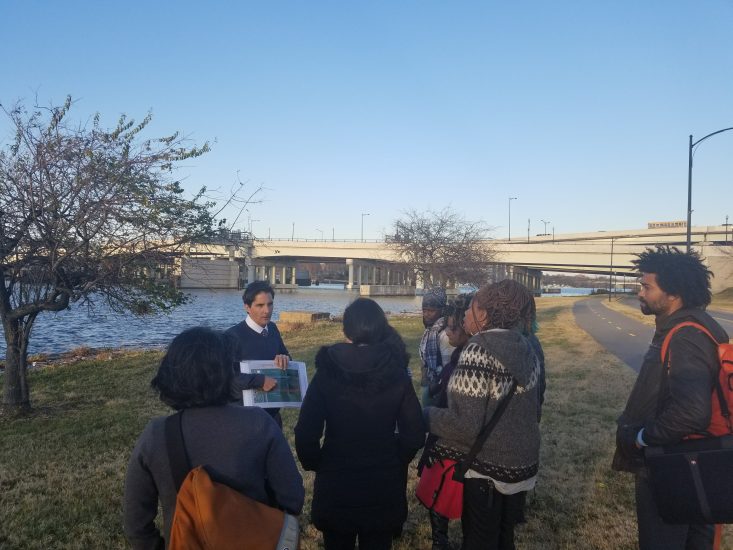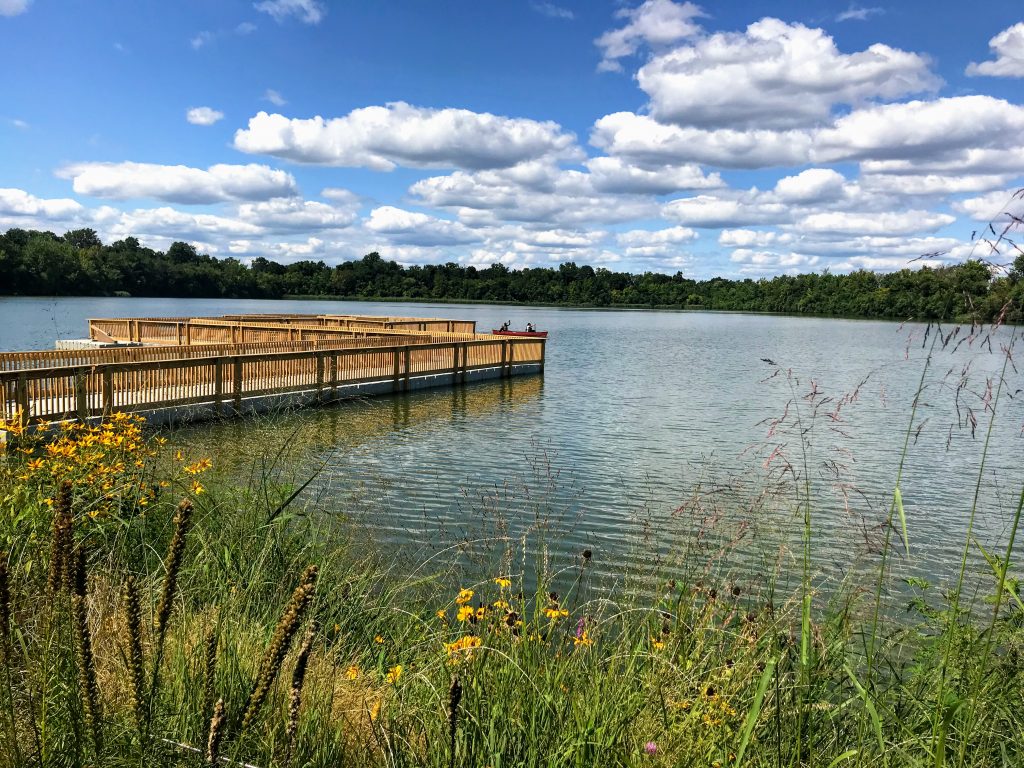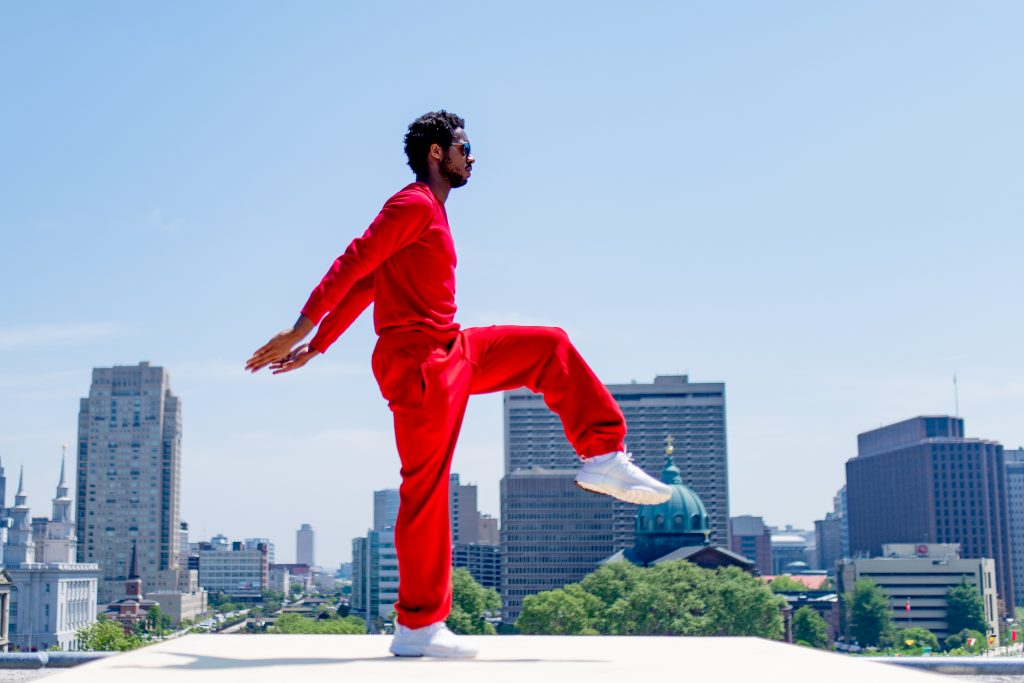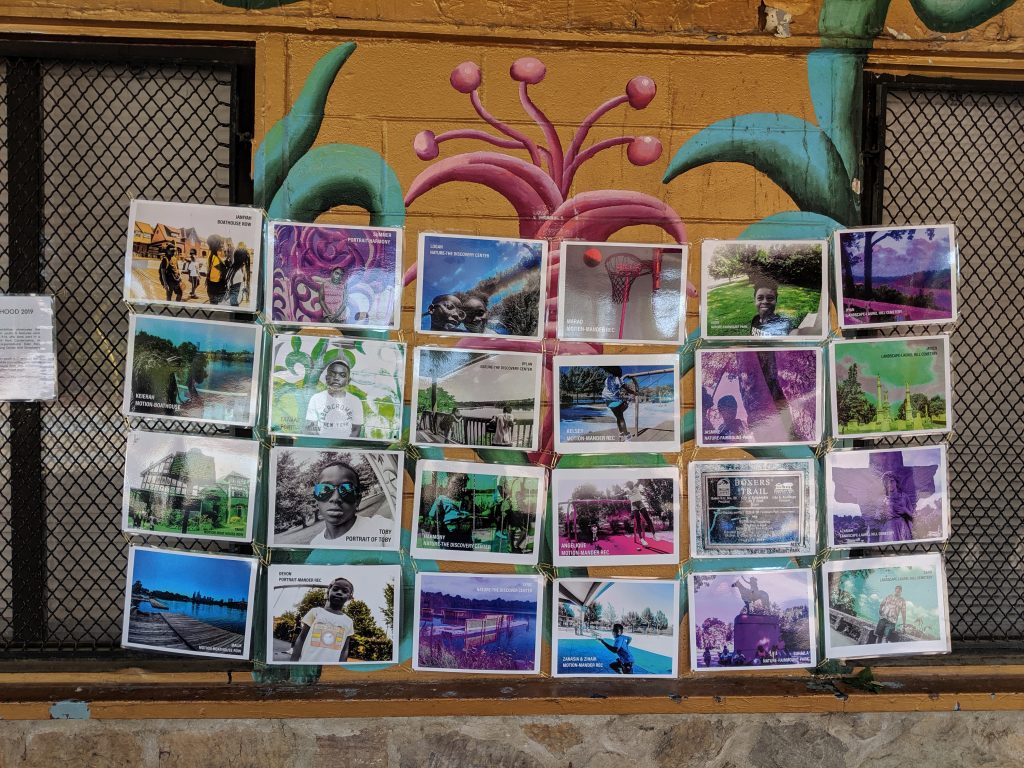In late November 2017, a few staff members at the Fairmount Park Conservancy had the opportunity to travel to Washington, D.C. to meet with the team behind the 11th St Bridge Park, a project that will create a new signature park atop the piers of a former vehicular bridge between Anacostia and the Navy Yard, connecting communities across the Anacostia River.
We were joined by partners from Strawberry Mansion CDC, Amber Art & Design, as well as representatives from Philadelphia LISC and May 8 Consulting, thanks to the support of ArtPlace America and our Community Development Investment grant.
It was an exciting opportunity for our Philadelphia team to learn about a project that is not only making a big investment to transform a defunct piece of infrastructure into a unique, high-quality park, but that has also created intentional strategies to bolster economic and cultural equity. These strategies are meant to combat the forces of gentrification that often come with multi-million-dollar capital investments in public space.
Though Philadelphia is a city with challenges and idiosyncrasies all its own, we hoped to discover some lessons in DC that we could take home and adapt here in our city, a place that is no stranger to big investments in public space.
What’s happening in DC?
The 11th St Bridge Park will become Washington D.C.’s first elevated park, built on the remains of a former bridge, and connecting historically and geographically disconnected communities across the Anacostia River. These neighborhoods, including the Navy Yard west of the river and Anacostia east of the river, have stark differences in housing values, unemployment, and poverty, with those east of the river having been historically excluded from the city’s economic growth. Neighborhoods east of the river are seen as the last bastions of Black and African-American communities in the city, and many fear that the creation of the bridge park will allow the explosive development of the Navy Yard to rapidly raise property values and displace longstanding residents in Anacostia and beyond.
Through years of engagement and meetings with communities on both sides of the river, the 11th St Bridge Park homed in on its goal of being an anchor for inclusive and equitable economic growth. A key driver of this work was the creation of an Equitable Development Task Force, a group of research and planning experts who met with stakeholders, policy experts, and practitioners over the course of a year to develop an Equitable Development Plan. The plan outlines specific strategies and action items for the Bridge Park team to implement in partnership with local residents and organizations, in the areas of affordable housing, workforce development, and small business enterprise.
What can we do?
Learning about the partnerships and programs that have come out of the Equitable Development Plan, like the creation of a local Home Buyers Club and a Community Land Trust, was the most inspiring part of our trip. The Bridge Park team partnered with local affordable housing organizations to bring these programs to the neighborhood of Anacostia, adapting them from existing models. For example, they worked with MANNA to create the Ward 8 Home Buyers Club, which provides workshops, financial services, and individual counseling to guide residents through the process of buying a home. They worked with City First Homes to organize a Community Land Trust in Anacostia, a tool that creates and maintains affordable housing for residents.
These initiatives challenge the traditional perceptions of what parks organizations can accomplish and highlight the importance of community partnerships in parks and public space development. While the long-term economic and cultural impact of these programs is yet to be fully seen and understood, we saw that the collaborative process that led to these initiatives had an impact that was perhaps just as important, and not so easily measured or quantified. We saw a direct opportunity to implement a similar community-led planning process to guide our investments here in Philadelphia and Fairmount Park, and to leverage our investment in partnership with local organizations that have expertise in community development.
And while we are still learning, trying new things, and exploring unconventional partnerships, we now have some additional tips to keep in mind.
Here are some of our main takeaways:
- Share your successes. Partnerships are key and acknowledging shared wins is important.
- Think about how you frame the issues, and understand that you have to communicate differently with different communities and audiences.
- Measure your goals from the beginning.
- Don’t be afraid to look and think outside your boundaries. Don’t be overwhelmed by that.
- Remember that we always need to be more direct about the racial and historic inequity that precipitates the work that we do.
- Always ask who is at the table. Always ask who is not at the table. Make sure you’re including critical voices at every stage.



